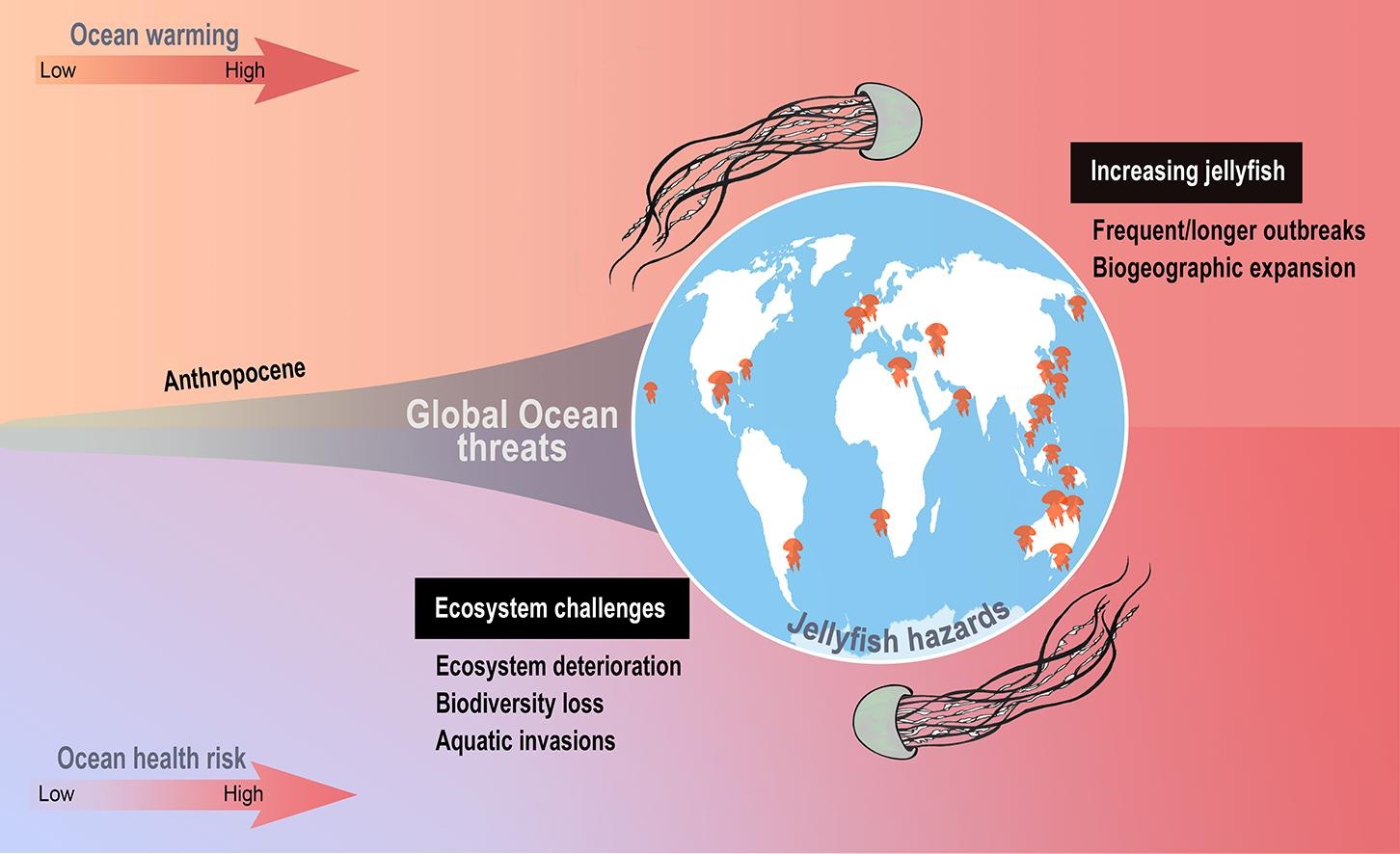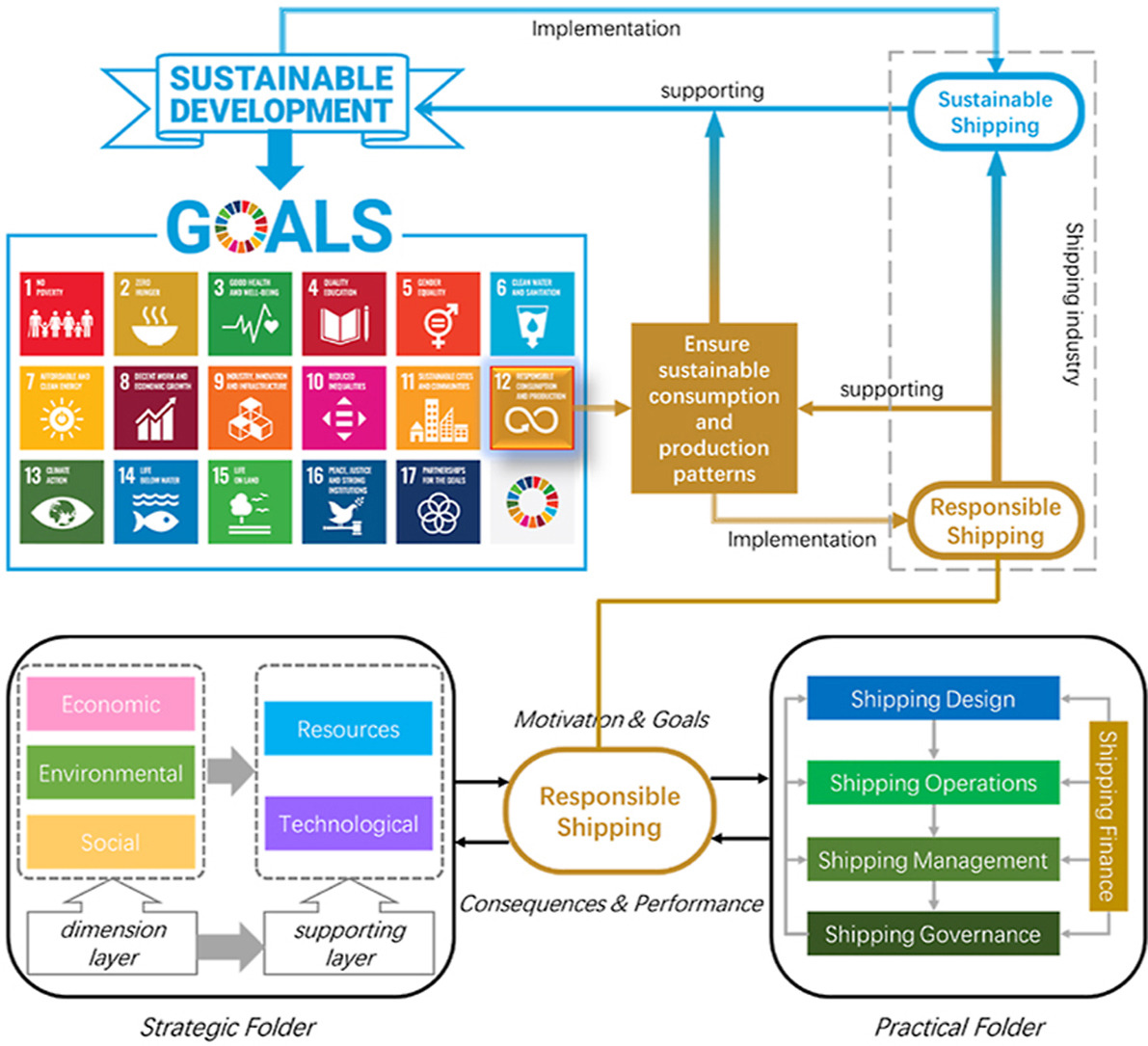Principles of Human Organs-on-Chips, Woodhead Publishing Series in Biomaterials, 2023, Pages 195-249
Current Trends and Future Developments on (Bio-) Membranes: Membrane Technologies in Environmental Protection and Public Health: Challenges and Opportunities, Volume 1, 1 January 2022
Pratima Bajpai, Chapter 3 - Biodiversity of thermotolerant microorganisms, Editor(s): Pratima Bajpai, In Progress in Biochemistry and Biotechnology,
Developments and Applications of Enzymes from Thermophilic Microorganisms, Academic Press, 2023, Pages 29-45, ISBN 9780443191978


